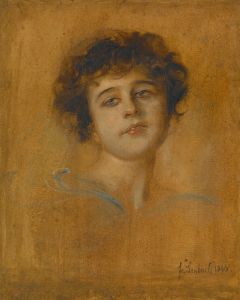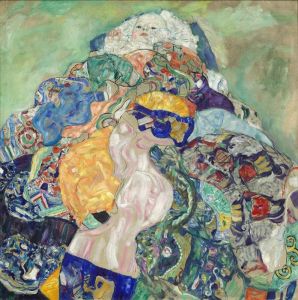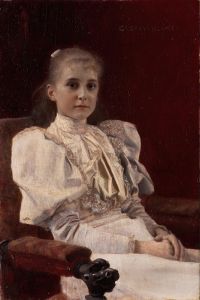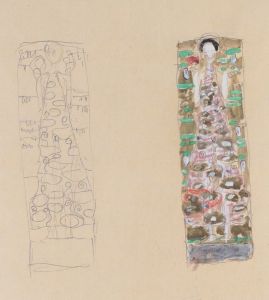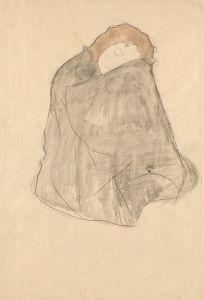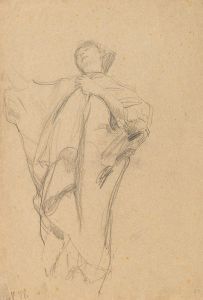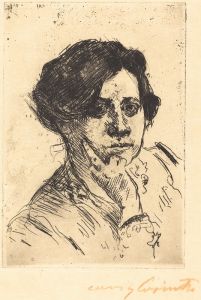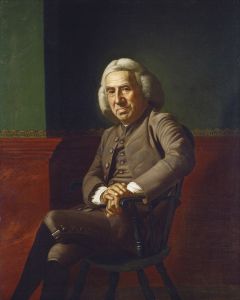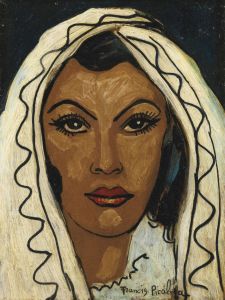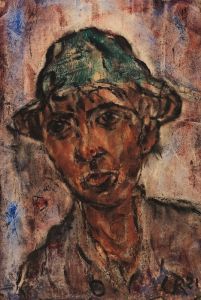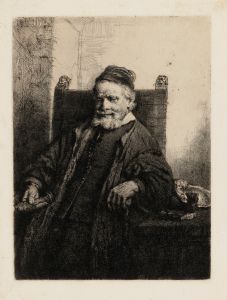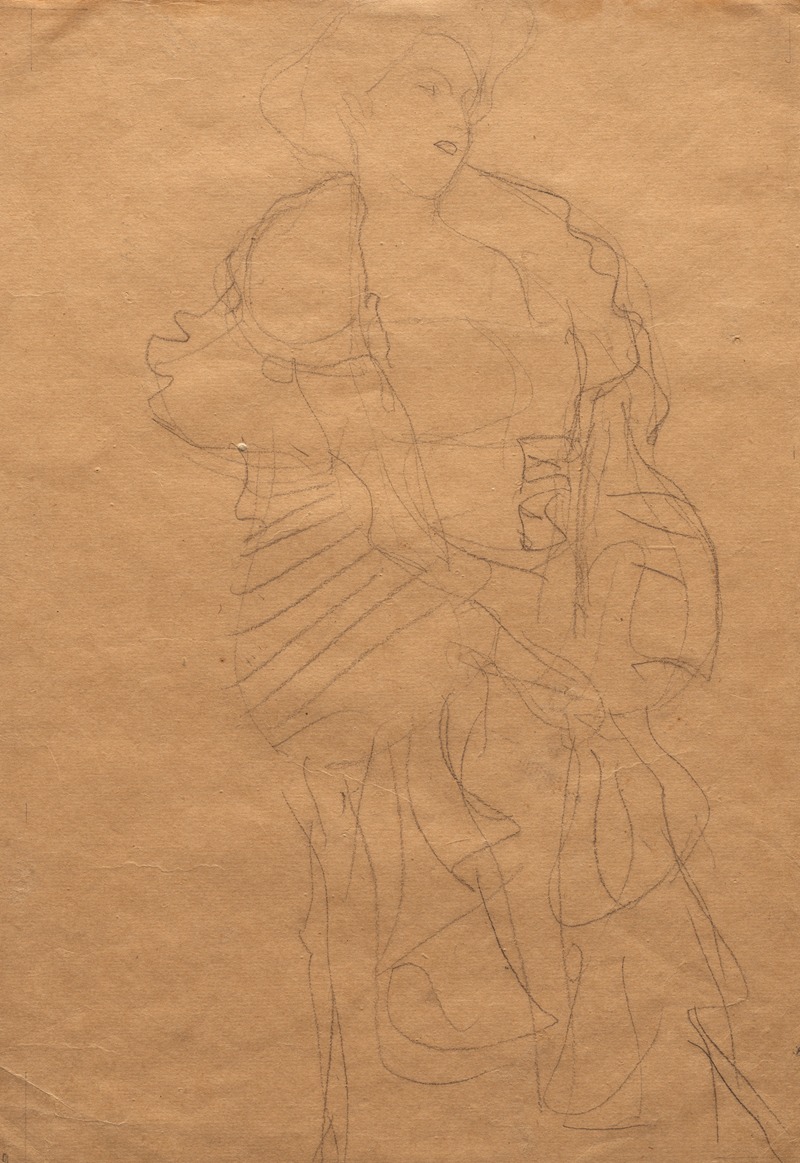
Hermine Gallia
A hand-painted replica of Gustav Klimt’s masterpiece Hermine Gallia, meticulously crafted by professional artists to capture the true essence of the original. Each piece is created with museum-quality canvas and rare mineral pigments, carefully painted by experienced artists with delicate brushstrokes and rich, layered colors to perfectly recreate the texture of the original artwork. Unlike machine-printed reproductions, this hand-painted version brings the painting to life, infused with the artist’s emotions and skill in every stroke. Whether for personal collection or home decoration, it instantly elevates the artistic atmosphere of any space.
Hermine Gallia is a portrait painting by the renowned Austrian symbolist painter Gustav Klimt. Completed in 1904, the artwork is a striking example of Klimt's mature style, characterized by its intricate detail, luxurious textures, and the use of gold leaf. The painting is currently housed in the National Gallery in London.
The subject of the portrait, Hermine Gallia, was a member of the Viennese bourgeoisie. She was married to Moritz Gallia, a wealthy industrialist and patron of the arts. The Gallias were part of the Jewish community in Vienna and were known for their support of contemporary artists, including Klimt. This portrait was commissioned by Moritz Gallia as a testament to his wife's beauty and their social status.
In the painting, Hermine Gallia is depicted wearing an elaborate white gown adorned with ruffles and lace, which was designed by the Viennese fashion designer Emilie Flöge, who was also Klimt's companion and muse. The gown's intricate details are meticulously rendered, showcasing Klimt's skill in capturing the textures and patterns of the fabric. Hermine's pose is elegant and poised, with her right hand resting delicately on her hip and her left hand holding a fan.
Klimt's use of gold leaf in the background and in the details of the gown adds a sense of opulence and otherworldliness to the portrait. The gold elements create a shimmering effect that contrasts with the soft, pale tones of Hermine's skin and the delicate hues of her dress. This use of gold is a hallmark of Klimt's work during this period, reflecting his fascination with Byzantine mosaics and his desire to elevate his subjects to a timeless, almost divine status.
The composition of the painting is carefully balanced, with Hermine's figure placed slightly off-center, creating a sense of movement and dynamism. The background is relatively plain, which serves to highlight the intricate details of Hermine's gown and her serene expression. Klimt's attention to detail extends to the subtle rendering of Hermine's facial features, capturing her calm and composed demeanor.
Hermine Gallia is a prime example of Klimt's portraiture, which often focused on the women of Vienna's upper class. His portraits are known for their psychological depth and their ability to convey the inner lives of his subjects. In this painting, Klimt not only captures Hermine's physical appearance but also hints at her personality and social standing.
The painting is significant not only for its artistic merit but also for its historical context. It reflects the cultural and social milieu of early 20th-century Vienna, a time when the city was a vibrant center of art, culture, and intellectual activity. The Gallias, as patrons of the arts, played a role in fostering this creative environment, and their support of Klimt is a testament to their appreciation of his innovative approach to portraiture.
Hermine Gallia remains an important work in Klimt's oeuvre and continues to be admired for its beauty, craftsmanship, and the insight it provides into the world of Vienna's elite at the turn of the century. The painting is a testament to Klimt's ability to blend realism with decorative elements, creating a work that is both a faithful likeness of the subject and a stunning piece of art in its own right.





